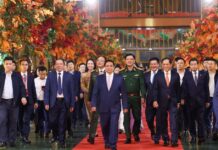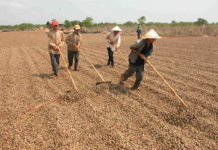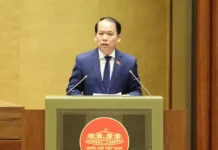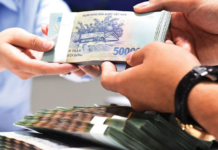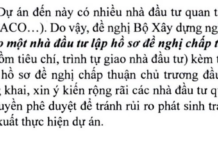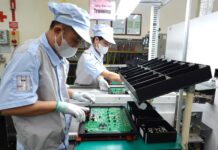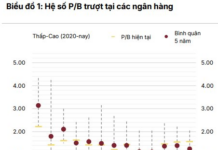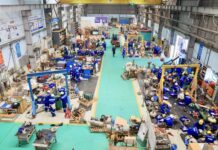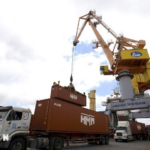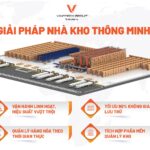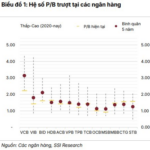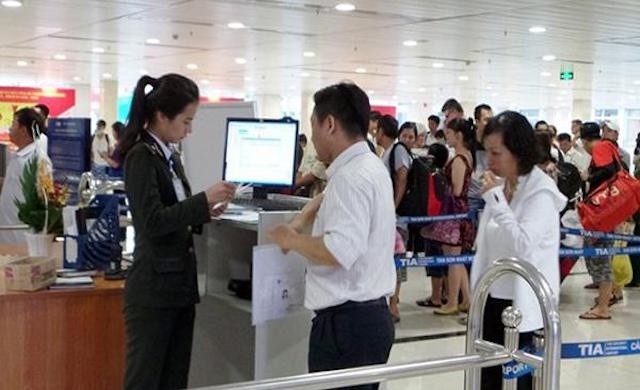On August 1st, the European Chamber of Commerce in Vietnam (EuroCham) released a press statement on the fifth anniversary of the EU-Vietnam Free Trade Agreement (EVFTA), outlining a successful partnership and shaping the way forward.
The report paints a positive picture with impressive figures, but it also acknowledges the barriers that need to be addressed to maximize the potential of this historic agreement.
The Sweet Fruits and Confidence from the Business Community
Five years may not seem like a long time, but it has been long enough for the EVFTA to prove its role as a significant boost to bilateral economic relations. According to statistics from Vietnam’s General Statistics Office, between August 2020 and May 2025, two-way import and export turnover reached 298 billion USD.
This 298 billion USD accounts for nearly 40% of the total bilateral trade turnover since 1995, clearly demonstrating the catalytic role of the EVFTA. As a result, Vietnam has become the EU’s largest goods trading partner in ASEAN and the 16th largest partner globally.
The impact of the EVFTA has permeated deep into the business community. The Business Climate Index (BCI) for the second quarter of 2025 by EuroCham shows that 66% of surveyed businesses are actively trading between the two regions, and almost all (98.2%) are aware of the agreement.
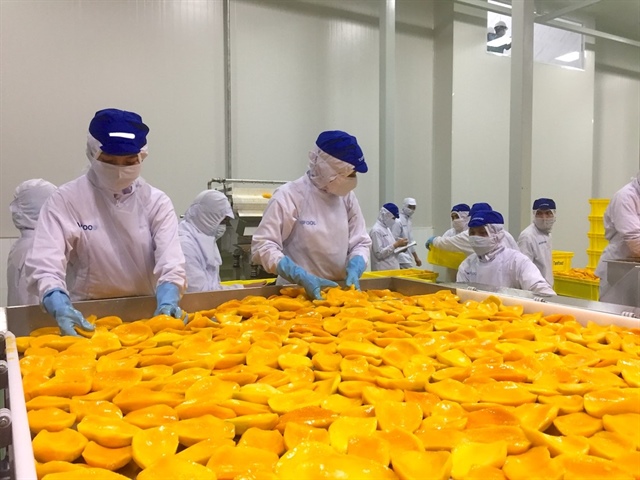
According to Vietnam’s General Statistics Office, two-way trade turnover reached 298 billion USD between August 2020 and May 2025. Photo: QH |
More importantly, half of the businesses have recorded benefits ranging from moderate to significant. The appeal of tariff reductions is becoming increasingly evident, as the proportion of enterprises considering this a key advantage has soared from 29% in the second quarter of 2024 to 61% in the same period this year. Some businesses have even quantified direct profits from the agreement, with an average increase in net profit of 8.7%.
Mr. Bruno Jaspaert, Chairman of EuroCham, affirmed that the EVFTA stands out as a symbol of trust and cooperation in a volatile global geopolitical context. Sharing this view, EU Ambassador Julien Guerrier emphasized, “The agreement has strengthened confidence, boosted trade, and brought practical benefits to both sides.” Clearly, the EVFTA is not just an agreement on tariffs but also a foundation for harmonized standards and sustainable prosperity.
The Road Towards a Strategic Partnership
Along with the resounding successes, the five-year journey has also revealed challenges in the implementation process. According to EuroCham, complex mechanisms remain a significant barrier for businesses. The report indicates that 37% of surveyed enterprises often encounter discrepancies in customs valuation, increasing costs and reducing competitiveness. In addition, unclear regulations and inconsistent implementation continue to hinder trade activities.
One of the most significant challenges today is the rules of origin. As most of Vietnam’s exports still depend on imported raw materials and accessories from third countries, many businesses struggle to prove their legitimate origin to enjoy tax incentives.
This issue is further complicated by unclear definitions of “transhipment” goods from other trading partners. Even the C/O issuance procedure, despite being centralized, still faces delays, causing capital congestion.
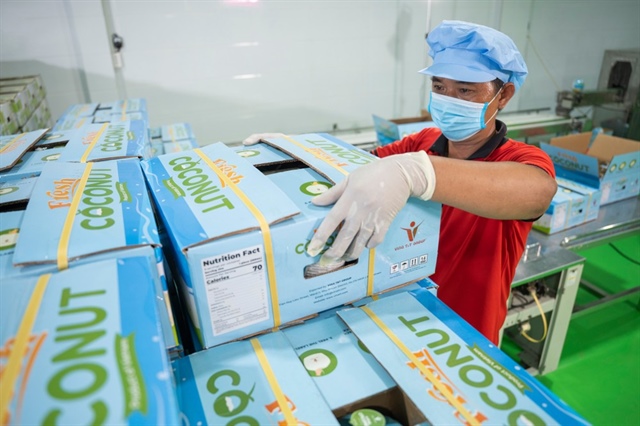
EVFTA has given a strong boost to the bilateral economic relations between EU and Vietnam. Photo: Q.H |
Faced with this situation, the European business community calls for reforms towards simplification and transparency, such as implementing electronic registration and allowing self-certification of origin by enterprises.
In response, the Vietnamese government has demonstrated a strong commitment to reform, initiating a 30% reduction in administrative apparatus at the end of 2024 and deploying the nationwide FTA Index in 2025 to measure integration effectiveness.
Looking ahead, the early ratification of the Investment Protection Agreement (EVIPA) by all EU member states is expected to usher in a wave of high-quality, long-term investment in Vietnam. Once in force, the EVIPA will establish a robust legal framework, contributing to the protection and promotion of high-quality, long-term investment flows from Europe to Vietnam.
Upgrading the relationship to a Comprehensive Strategic Partnership is considered the next natural step for two partners increasingly aligned in key areas such as trade, sustainable development, and global governance.
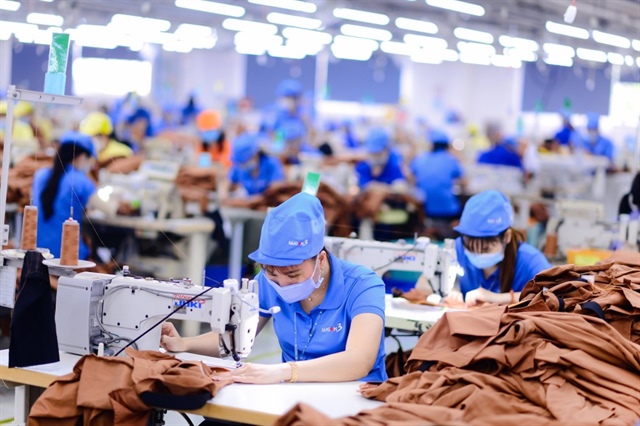
After five years of the EVFTA taking effect, Vietnam has become the EU’s top trading partner in ASEAN and the 16th largest partner globally. Photo: Q.H |
The EU remains committed to accompanying Vietnam on its journey towards a green, sustainable, and prosperous future. As outlined in EuroCham’s 2025 White Book, sustainable development cooperation will require institutionalized reforms. A deeper partnership will demand specific advances in customs procedure harmonization, administrative process simplification, enhanced consistency in the legal system, and ensured transparent implementation.
Effective implementation of the EVFTA is not just about fulfilling signed commitments—it is also a catalyst for more comprehensive reforms, contributing to market expansion and long-term resilience for both economies.
|
According to EuroCham, in 2024 alone, Vietnam issued over 1.8 million preferential C/Os, equivalent to an export value of more than 100 billion USD. Compared to 2023, this figure increased by 18% in volume and 28% in value, accounting for about 28% of total exports to FTA markets. Notably, exports to the EU in the same year reached an all-time high of nearly 52 billion USD, growing by 18.4% compared to the previous year, reflecting a clear trend of taking advantage of the EVFTA in bilateral trade. |
QUANG HUY
Establishing an International Financial Center in Vietnam: Local Communities and Investors Alike Are Ready.
The decision to establish an International Financial Center (IFC) in Vietnam is a testament to the country’s ambitious vision for the new era. This strategic move by the Government and the Communist Party of Vietnam aims to propel the nation forward, creating a powerful new impetus for development. The IFC is designed to be a magnet for domestic and international businesses, attracting attention and investment from across the globe.
Building a Startup Nation: Aspirations, Institutions, and Ecosystems
In the 21st century, where cheap resources and labor are no longer a competitive advantage, entrepreneurship, innovation, and human intellect have become the key drivers of economic growth. Transforming Vietnam into a startup nation is not just a strategic direction but an imperative. It is a dream that needs to be realized, and a national mission that goes beyond individual choice.
The Resilient Vietnamese Economy: A Stable Foundation for a Promising Future
“Vietnam’s macroeconomic stability and agility in a volatile global economic environment have been applauded by prominent organizations such as the World Bank, the Asian Development Bank, and Standard Chartered. Their recognition underscores the country’s robust foundation and adaptive capabilities, fostering resilience and potential for growth amidst global uncertainties.”
Smart Warehouse Automation: Vinatech Group’s Auto Shelf Leaves a Mark at VILOG 2025
At VILOG 2025, Vietnam’s premier logistics expo, Vinatech Group’s automated storage solutions took center stage. Their innovative products, showcased through interactive demonstrations, offered businesses a glimpse into the future of warehouse management. With a focus on practicality and efficiency, Vinatech Group’s exhibits attracted a multitude of intrigued visitors, highlighting the very real and pressing need for effective storage solutions in the logistics industry.



